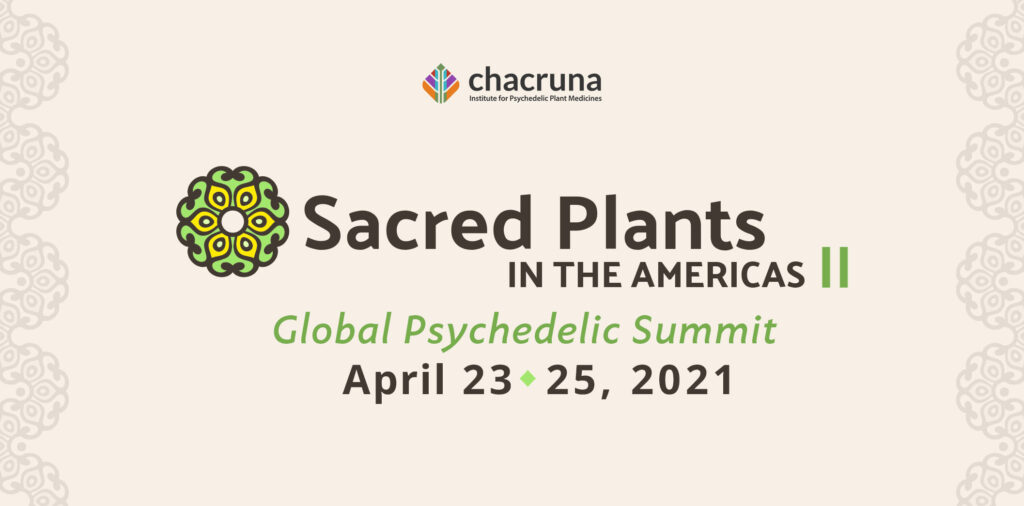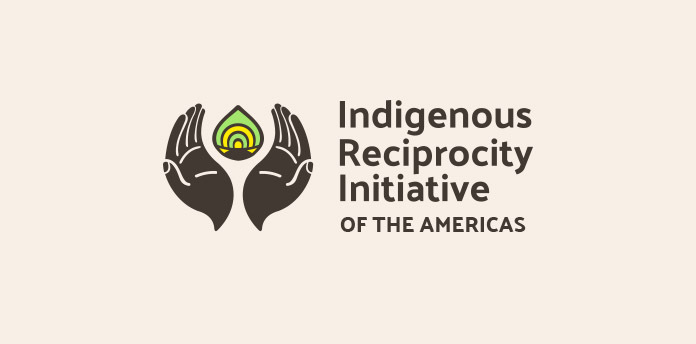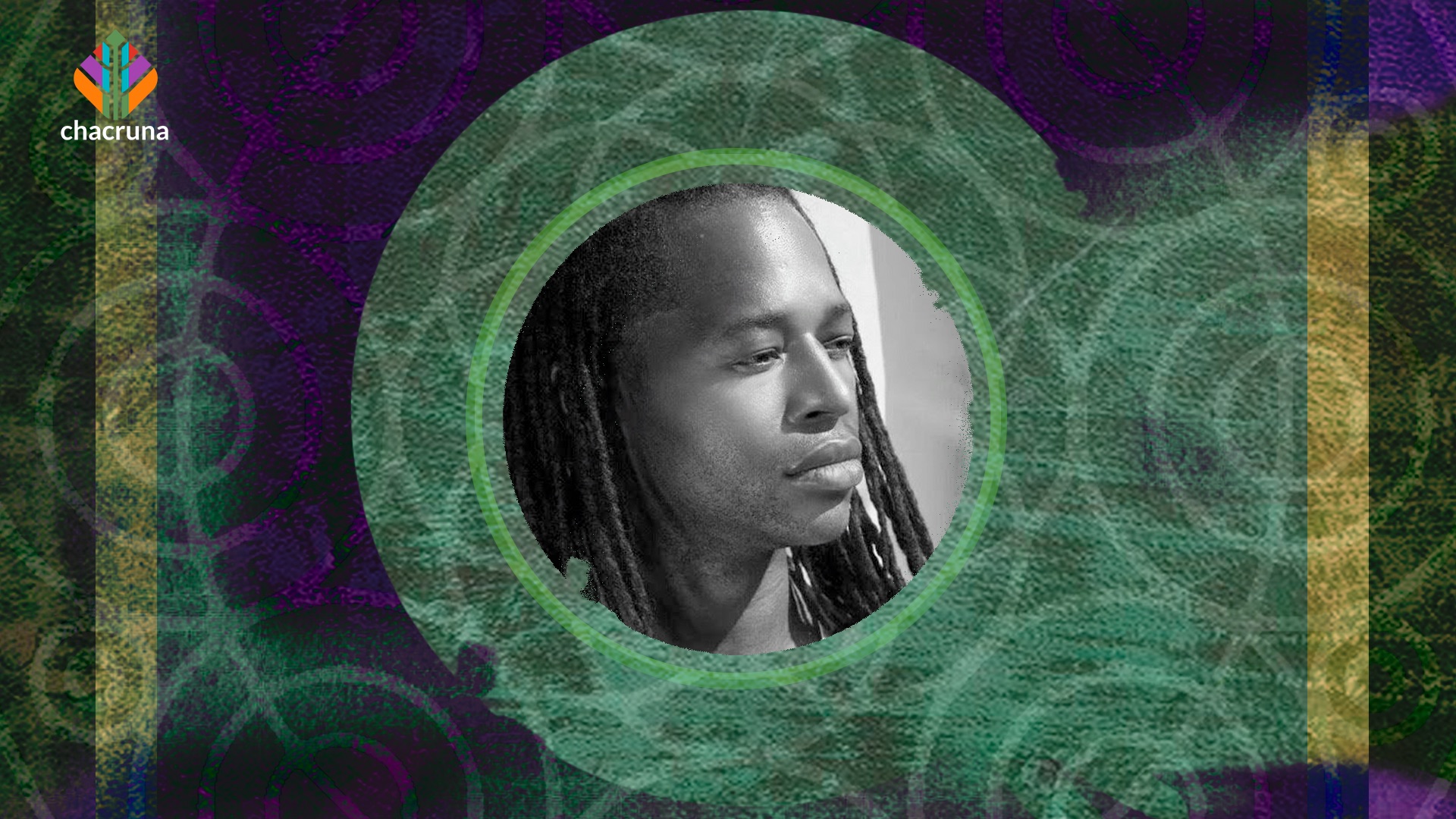- Entheogens, the African Diaspora, and BIPOC communities with Kufikiri Imara - January 20, 2021
- Innovating Native American Health Care Using Culture and Technology With Sutton King - January 11, 2021
- Navigating the Personal and Political in MDMA-assisted Psychotherapy with Sara Reed - December 29, 2020
Kufikiri Imara is a facilitator and community activist from Oakland, California, who looks to play a part in growing the entheogenic BIPOC communities in the Bay Area and beyond. He was born to parents who were both active in the Civil Rights and Black Power Movements in San Francisco, in the 60s and 70s. This upbringing had a profound impact on him, as he was raised by a village that included activists engaged in those efforts who imparted to him the important value of social responsibility, ethics, and being of service to a cause greater than oneself.
His own spiritual path saw Kufikiri eventually connect and grow a relationship with the psychedelic community. He was quickly inspired by the potential of these entheogenic compounds to seek healing and growth for himself. In the past, this led to him becoming one of the early members of the Entheogen Integration Circle in NYC and to leading the Outreach, Education, Access & Integration committee for Decriminalize Nature Oakland (DNO). Though Kufikiri remains committed to policy, he directs most of his energy now to building safe spaces for BIPOC communities to commune, support each other, and benefit from the healing power of entheogens. He is dedicated to creating avenues for BIPOC communities to access entheogens and to bridging the gaps around these issues within the larger psychedelic community.
In this interview, Kufikiri Imara talks about working at Decriminalize Nature Oakland (DNO), bridging the gaps within and outside the psychedelic community, access and accessibility to psychedelics for marginalized communities, why he prefers the word “entheogens” to “psychedelics,” and building a BIPOC Entheogen Integration Circle with the San Francisco Psychedelic Society.

Join us at Sacred Plants in the Americas II
In this interview, Kufikiri Imara talks about working at Decriminalize Nature Oakland (DNO), bridging the gaps within and outside the psychedelic community, access and accessibility to psychedelics for marginalized communities, why he prefers the word “entheogens” to “psychedelics,” and building a BIPOC Entheogen Integration Circle with the San Francisco Psychedelic Society.
MM: You were one of the core members of DNO (Decriminalize Nature Oakland). Tell us about the work you did in getting this landmark resolution passed through city council.
KI: I was fortunate enough to be friends with some of those who founded the grassroots collective. My initial effort and contribution was at an early community support event, where I was invited to give a testimonial of my own journey. It was from there that I became more involved, engaging in direct efforts to talk with city council members. And, of course, doing all that I could during those days leading up to the city council committee and full city council votes. Wherever I could lend my voice and my unique perspective, especially as an Oakland native, I felt it important to do so.
Though I have stepped aside from playing an official role at DNO, and they continue with their efforts, I still believe it’s important for me to positively affect equitable access and promote self-agency that is empowered and informed from within each community. It’s important to have all voices included in the conversations, and let those voices inform the discussion.
MM: What does the term “psychedelic community” mean to you?
KI: No different than any other community I identify with. The term associated with it is a general framing of an experience; so, for me, its meaning is translated through my personal experience. To that, I relate to the term and my own experiences differently, as the term is more of an abstract idea. There are what I consider to be various ecosystems that exist within the larger psychedelic community, such as “research and university,” “policy,” “enterprise,” “indigenous,” “underground,” etcetera. Though there’s not necessarily a lot of intermixing between these groups that I can attest to; so, I imagine the term “psychedelic community” means something different to them all. I see that leading to a “silo-like” environment existing between these various ecosystems, which is a missed opportunity for stronger community growth.
The question that I ask myself, as I move forward and look to stay engaged in “the psychedelic community,” is: “How can I positively affect equitable access and empower people to have informed self-agency?”
These various ecosystems are elements that make up the larger psychedelic community. Thus, whatever “world” that emerges from this unfolding moment will probably look different than what any one of us are envisioning. The question that I ask myself, as I move forward and look to stay engaged in “the psychedelic community,” is: “How can I positively affect equitable access and empower people to have informed self-agency?”
MM: It’s such a valid point. Within the psychedelic community, there are so many ecosystems that don’t intersect. You prefer using the term “entheogen.” Why is that?
KI: Both “entheogen” and “psychedelic” are modern, invented words used to describe an element of Indigenous practices that go back thousands of years. “Entheogen” could be considered a postmodern word, invented after I was born, and with the intention of being more holistically representative of the cultures and the communities that these substances come from. Both “entheogen” and “psychedelic” were born out of a certain privilege, becoming the word for common use. To an extent, the psychedelic community itself was born out of that privilege. For me, the choice to use “entheogen” was made in regards to the history of the psychedelic community.
I feel that the word “entheogen,” or phrase “entheogenic material,” speaks to the element that you’re engaging with to then have a psychedelic experience. Calling everything “psychedelic” is a general broad stroke with a loaded term.
Looking at it from the standpoint of general public association, I see the word “psychedelic” reinforcing blind spots that are part of the legacy of the War on Drugs. At the same time, that doesn’t mean I won’t use the word, because my approach in communicating is to meet my audience where they are. I feel that the word “entheogen,” or phrase “entheogenic material,” speaks to the element that you’re engaging with to then have a psychedelic experience. Calling everything “psychedelic” is a general broad stroke with a loaded term.
MM: As a movement, “psychedelics” positions itself as being historically “anti-establishment.” That’s been part of the friction with the “mainstreaming psychedelics” movement. However, by nature of what this movement was about, it’s still operating within the framework that we’re trying to move out of. That, to me, is why the words that we use for these “materials” are important. It’s tricky, because these narratives are sticky.
KI: To your point, that’s an interesting dynamic; as a movement it has an anti-establishment expression, yet contains its own set of establishments. There are parallels to the theme of the avant-garde that later becomes the standard. It’s especially tricky, as it relates to the word chosen in the conversations that are happening around policy shifts within the psychedelic community. These are so important on a much broader scale in terms of their impact on policy and law.
MM: Recently, you launched a BIPOC Entheogen Integration Circle with the San Francisco Psychedelic Society. Why is it important for socially-marginalized communities to have their own spaces such as these?
When discussing the importance of space for socially-marginalized communities to engage in cathartic work as a group, the importance of the container that holds that space cannot be understated.
KI: When discussing the importance of space for socially-marginalized communities to engage in cathartic work as a group, the importance of the container that holds that space cannot be understated. The nature of the experiences that color the relationship between socially-marginalized communities and the larger society speaks to the very different realities that people are living in. When looking to engage in healing focused on these communities, having spaces that are not triggering for individuals is essential, and more of them need to be cultivated.
It’s important that voices from these communities are part of the discussions as to what container they are engaging in, so that it isn’t triggering. At the same time, the larger psychedelic community is seen as “woo-woo” due to the legacy of the War on Drugs, so there’s a stigma.
Individuals from these communities aren’t always able to see people like themselves engaging in these practices. It’s an isolating experience in itself, when their psychedelic experience is not supported by those in their immediate environment. It is so impactful for individuals to be able to be in a safe space where they can authentically share and process their experiences with people they can relate to. There is great healing that comes from the community aspect of the integrative experience. The people we surround ourselves with become involved in our processes as well as their own individual ones. The communities share in the benefit of that collective, as well as individual, healing.
In the first BIPOC integration circle, a Japanese man in his late 40s to early 50s, said that he never imagined that he would see, or even be part of, a gathering such as that in his lifetime. I was left with a sense that seeing the kaleidoscope of faces in that virtual room that day was a transformative experience for him.
In the first BIPOC integration circle, a Japanese man in his late 40s to early 50s, said that he never imagined that he would see, or even be part of, a gathering such as that in his lifetime. I was left with a sense that seeing the kaleidoscope of faces in that virtual room that day was a transformative experience for him.

Discover Indigenous Reciprocity Iniciative of the Americas
MM: I’ve heard again and again how important it is for BIPOC communities to have their spaces, festivals, and gatherings. Reading Terence Ching’s essay about his experience doing MDMA as a queer-identifying Singaporean person, I was struck by the mythic images that he described. I think there is immense value in allowing new mythic language to enter mainstream culture.
KI: When I spoke at the Chacruna symposium, Cultural and Political Perspectives on Psychedelic Science, I was on a panel with Sensei Kevon Simpson, Cristie Strongman, and others. A question we received referenced who were the “diverse influencers” of the psychedelic community that we ourselves had to look to. To which I recall Sensei Kevon laughed and remarked, “They were the same as yours, because there were no diverse voices available. I read Ram Dass like you did.”
My hope is that we take this valuable opportunity that this emergent moment is affording us to build regenerative cultural bridges to the Indigenous cultures who have shepherded these practices in the face of genocide and still struggle for representation.
I share that to express the very important fact that there is a lack of diversity in the ecosystems of the psychedelic community, especially those that are being mainstreamed. My hope is that we take this valuable opportunity that this emergent moment is affording us to build regenerative cultural bridges to the Indigenous cultures who have shepherded these practices in the face of genocide and still struggle for representation. What culturally diverse voices that are out there are not put on the same level as others or afforded those platforms. That speaks to the importance of a collective effort to highlight the cultural diversity of experiences as the diversity of individuals engaging within this community multiplies.
The cultural perspective through which someone is viewing an archetype, say, of an animal, for example, informs the connotations that are being formed with the meaning behind its representation. Thus, how does one relate to someone if they don’t understand their cultural perspective? These are important questions that cannot be addressed only with optics and need to be ongoing and evolving discussions.
When involved with a moment that is bigger than yourself, you feel the presence of forces larger than yourself at work.
MM: Because you worked so closely with Decriminalize Nature Oakland, can you tell me what made this initiative successful in passing this change in policy?
KI: “Never doubt that a small group of thoughtful, committed citizens can change the world; indeed, it is the only thing that ever has.” This is a quote from Margaret Mead that speaks better than I can as to what made the initiative successful. Each individual was making sacrifices showing up and giving extra effort, believing in the purpose of the work. It’s one thing to say, here’s a donation, or here’s a signature. It’s something else to then turn around and ask for donations and ask for signatures. The people involved gave their time, energy, and a real commitment of themselves. Everyone had different stories as to why they were there, but it was the individuals doing the work with the support of the community that made that initiative successful. When involved with a moment that is bigger than yourself, you feel the presence of forces larger than yourself at work.
MM: You decided to focus on facilitation and community building: why?
KI: As there are the various ecosystems that make up the larger psychedelic community, there are as many ways to show up and engage in the work associated with it. And, at the same time, there are new approaches being explored as this emergent moment continues to unfold. I choose to do so in a way that best aligns with how I want to show up in this world.
My initial experience, around 2012, was inspired by a very challenging moment of being stuck in a heavy emotional place. The saying, “don’t believe everything you think,” was one I had forgotten, and my internal monologue was not serving me in a healthy way. It was disempowering me and enabling destructive habits. I felt like it was something that I should just be able to “shake off.” My initial experience with the “psychedelic community” was one that afforded me the opportunity to redefine myself in a way that was not dictated by the roles, labels, positions, and relationships that I had used to define myself up to that point. The community that I grew into supported me and allowed space for me to grow and explore how I wanted to define my relationship to it.
At my core, I’m a healer and a creative. As a craft, facilitation speaks to both of these expressions. In my experiences, holding space is not about “feeding off” or “feeding into” the energy of the container, per se. It’s more about being a responsive element that allows what needs to be expressed in the space to be able to.
At my core, I’m a healer and a creative. As a craft, facilitation speaks to both of these expressions. In my experiences, holding space is not about “feeding off” or “feeding into” the energy of the container, per se. It’s more about being a responsive element that allows what needs to be expressed in the space to be able to. It’s a relationship. I see myself as a support, so that others are able to show up for themselves, as fully as possible, for the gift that they are giving to themselves. I’m always so humbled and honored to be of service in this way.
Sign up to our Newsletter:
MM: To wrap up, let’s talk about how to navigate this in-between space between ecosystems within the larger psychedelic community. There seems to be an attitude, regardless of side, of wanting to “cancel” people. How do we build a world that is in-between, since the world happens in-between us, when there are often very traumatic ties between us?
KI: What comes to mind for me, when thinking about your question, is when I first heard about the work of using art therapy for refugee children who were forced to be child soldiers. The difficulty these children faced relating to the larger social environment, when also trying to come to terms with what they did, left no easy solutions on how to reconcile all of that. How does one rebuild a community when there has been such a fracture between the people?
A big part of what is required when engaging in work like this is actually showing up to do the work, especially when it’s challenging and uncomfortable.
There are no shortcuts to navigating dynamics that can be triggering for those involved. A big part of what is required when engaging in work like this is actually showing up to do the work, especially when it’s challenging and uncomfortable. The psychedelic community, through its various ecosystems, engages in this kind of work for the benefit of various communities. At the same time, there’s not always the broadest willingness from the psychedelic community to look at and deal with its own blind spots and false belief systems. How the larger psychedelic community itself navigates the social and cultural challenges that we are all faced with, as it is not immune to these larger issues, will go a long way in the effort of engaging in this work in a way that is viable for more than just those with the privilege of access.
Art by Mariom Luna.
Take a minute to browse our stock:
Did you enjoy reading this article?
Please support Chacruna's work by donating to us. We are an independent organization and we offer free education and advocacy for psychedelic plant medicines. We are a team of dedicated volunteers!
Can you help Chacruna advance cultural understanding around these substances?









